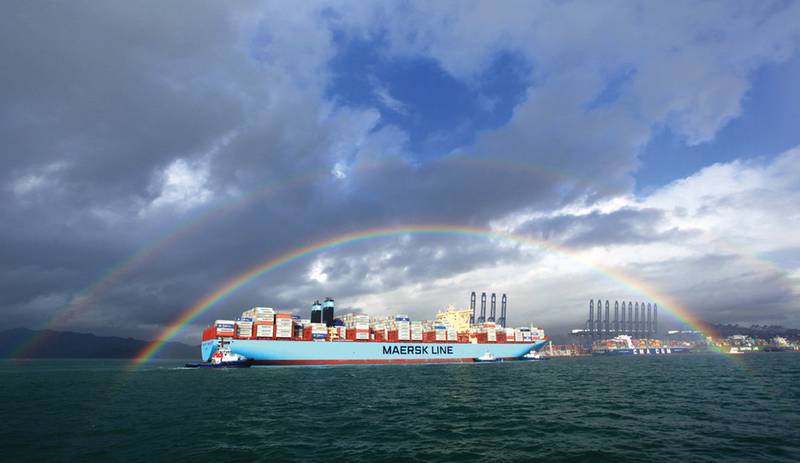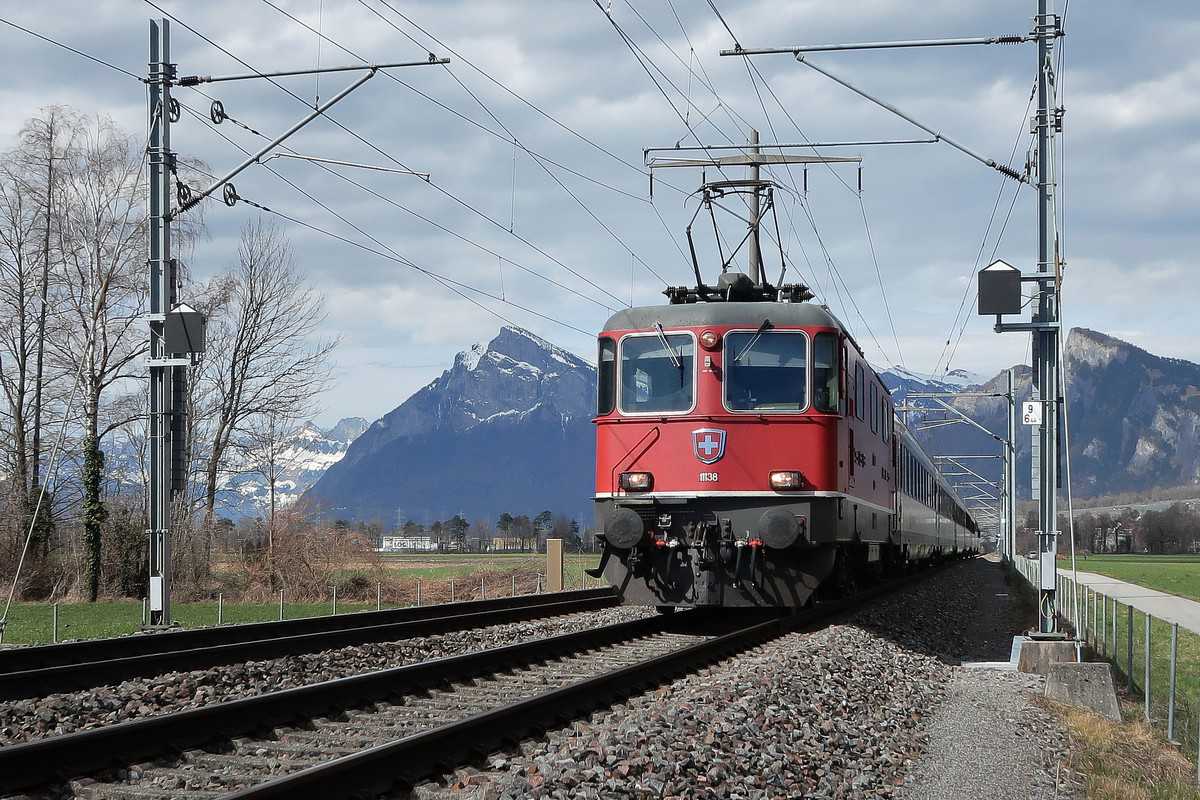Very interesting (and awesome) analysis. A couple of questions though:I just pulled out some of my previous calculations and refreshed some of the sums a bit. For those who are unaware a useful acronym is a 'teu' which is a typical twenty foot container (twenty foot equivalent unit) and that is a unit that is used in a lot of logistics calculations irrespective of whether rail, road, or sea.
I used an Emma Maersk E class vessel (approx 14,700 teu) rather than one of the newer EEE class (18,000 teu) since I had previously run the numbers for the E.


Maersk & New Containership Economics 101
Capacity management is firmly on the minds of Maersk executives as the largest container ships in the world steam into service. Photographs of Maersk Line’s 18…www.marinelink.com
Firstly let's just put the solar container vessel to bed shall we, at least for long distance commercial cargo carrying via transoceranic routes. An E class has an 81MW main engine, or 100MW of total generation capacity if you counnt the other auxiliary engines. I think the actual shaft power at economic voage speeds (18kts) is approx 40MW. The full 100 MW will be to run ship services and attain the 25kts max speed. Anyway in contrast If you carpet a Emma Maersk with solar over the full oblong of the vessel from stem to stern, you can get a peak power of 5MW at 1,000 W/m2 insolation and 25% efficiency. Clearly flat solar won't achieve 25%, but in any case one can't get 1,000W/m2 for the whole 24h/d x 365d/yr and realworld capacity factors are more like 14%, yielding an annual average of 0.8MW continuous (24h/d), which is 2% of the 40MW required for economic cruising.
On the required battery to do a transoceanic run numbers are beginning to become more hopeful, so I withdraw some of my previous remarks. A useful typical voyage is Rotterdam (EU) to Norfolk (USA) which is 6,283 km long. It is neither the longest such voyage nor the shortest, but it is a good typical one. At economic speeds (i.e. 40MW) this takes 190 hours (8 days), and is 7,111 MWh of voyage energy (excluding auxiliaries). We must be careful to use realworld battery densities / volumes including all the physical space for install, coling, maintenance, cabling, etc. The latest Tesla Megapacks are 3.9 MWh of LFP each and are a fully stuffed volume of 42m3 each, and in contrast a standard twenty foot container is 38m3 volume. So for practical purposes we can use 3.9MW/teu as a representative volume for sketching out the required amount of the vessel.
Here is a typical picture of one of these container vessels
View attachment 926516
Which can be simplified to this drawing, which shows very crudely where stuff goes.
View attachment 926518
By inspection of photos we can observe that approximately one third of the containers are deck cargo, and two thirds internal hold cargo and we know that there are just under 15,000 in total.
Returning to the battery volume required for the 7.1 GWh of battery we get 1,800 teu of battery assuming 100% efficient energy delivery and running down from 100% to 0% in SoC terms for Rotterdam-Norfolk. This translates to 12% of the equivalent cargo volume which would result in approximately the following space allocation if it were to be done. So we can see that from a naval architecture perspective these things are beginning to seem achievable.
View attachment 926524
I previously did some calculations for the Asia-Europe run and figured out that there approximately 100 of these vessels serving that route on about 19 days Shanghai to Hamburg using the fast steaming speed ogf 24 kts. The route really takes a month as there are several port stops at both ends. So there are about 2 movements/day of such a vessel at either terminal port (50 vessels in each direction, one month in one direction) and that in turn gives an insght into the energy requirements to recharge these batteries at the terminal ports. In other words 7GWh recharge in 24h for one vessel, or 14GWh supply to cater for two vessels - and that is just the Asia-Europe liner service. That concerts to 0.3 GW feed per vessel. So assume a very large seabord terminal port (such as Rotterdam, Hamburg, etc) is working half a dozen such vessels each day to servivce all the various liner runs (Asia, USA, LatAm, etc) that would be about a steady 1-2GW supply for the port, which is of the order of magnitude that makes sense. The shore power cables are going to require cooling mind you, but we are just as careful with other ship/shore connections so that is not unrerasonable.
So overall from a shipbuilding perspective, a fleet replacement persective, a port handling perspective, and overall economics perspective it does after all become tantalisingly possible.
Mind you, the sums for intercontinental rail look equally competitive.
So overall my personal suspicion becomes that methanol and ammonia fuels for shipping purposes are going to be very limited bridge-fuel transitions/distractions, and probably won't be needed at all. Which knocks yet another crutch out from the hydrogen economy arguments.
1) How much mass/volume displacement would be unused because of the unused fuel onboard those vessels? Does this buy anything?
2) How does the mass of a 20 ft container full of batteries compare with the maximum mass of a 20 ft container for shipping purposes?
Could one just start loading a bunch of 20 ft containers, that are essentially megabucks of batteries, onto a diesel-electric ship (or train, for that matter) and route the electricity to the existing electric drive, thus offsetting the amount of fuel burned?
Could a new standard "Container Megapack" (mega-format equivalent of the ubiquitous AA battery, perhaps?) become a 20 ft container full of batteries that could be charged off board, then loaded along with the cargo (same handling equipment) onto the ship prior to sailing? Could such container megapacks then be mass produced and used for ships, trains, and stationary grid storage, with the latter, perhaps being the end of life usage as capacity decrease making them less desirable for transportation?









